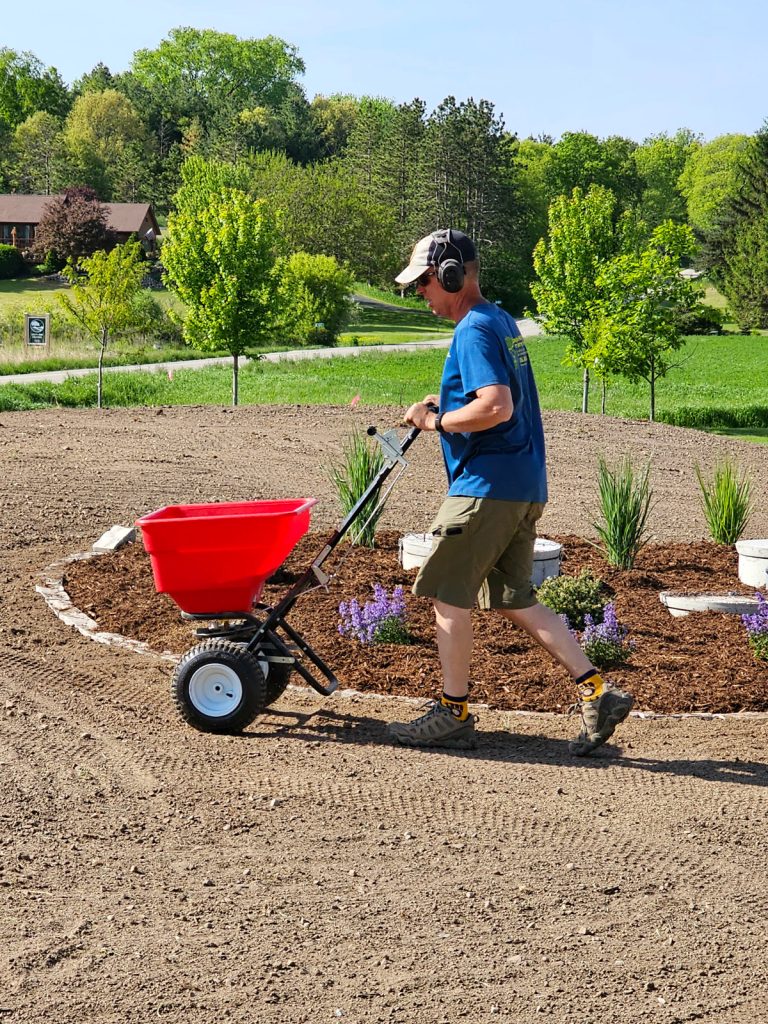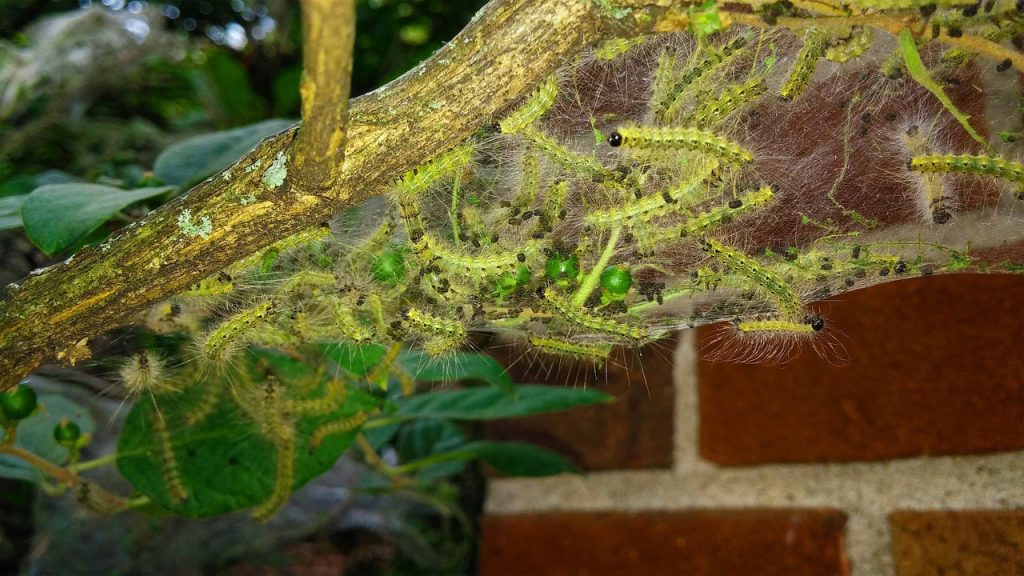Perennials
June is an excellent time to rejuvenate your perennial garden. Start by dividing and replanting perennials like Hostas and Daylilies, which can become overcrowded over time. This not only helps to promote healthier growth and more abundant blooms but also gives you the opportunity to spread your favorite plants to new areas of your garden. Be sure to water the newly divided plants well and mulch around them to retain moisture and suppress weeds.
Adding compost to your perennial beds can significantly improve soil structure and fertility. Work the compost into the top few inches of soil around your plants, being careful not to disturb their roots. Compost provides a slow-release source of nutrients that will feed your perennials throughout the growing season, resulting in stronger, more vibrant plants. Regularly deadhead spent flowers to encourage continuous blooming and maintain the neat appearance of your garden.
Shrubs
For spring-flowering shrubs such as Lilacs and Forsythia, early June is the ideal time for pruning. Pruning right after the bloom cycle helps maintain their shape and encourages healthy new growth for the next season. Remove any dead or damaged branches to improve air circulation within the shrub, which can help prevent disease. Also, consider thinning out older branches to allow more sunlight to reach the interior parts of the plant.
Consistent watering is crucial, especially during dry periods. Mulching around the base of your shrubs helps conserve moisture and provides a barrier against weeds. Use organic mulch like wood chips or shredded bark, which will also decompose over time and enrich the soil. Regularly check your shrubs for signs of pests or diseases and treat them promptly to ensure your plants remain healthy and vigorous.
Trees
June is a crucial month for inspecting your trees for any signs of stress, damage, or disease. Look for broken or dead branches and prune them to prevent any potential hazards or the spread of disease. Ensuring that your trees are free from structural issues will help them withstand summer storms. Apply a layer of mulch around the base of your trees, but keep it a few inches away from the trunk to prevent rot.
Watering your trees deeply and infrequently promotes deep root growth, which helps them withstand drought conditions. Fertilize with a slow-release formula to provide essential nutrients throughout the growing season. This is also a good time to check for any signs of pests, such as unusual leaf discoloration or holes, and address these issues promptly with appropriate treatments.
Lawns
Maintaining a healthy lawn in June requires a balance of proper mowing, watering, and care. Set your mower to a height of about 3 inches to ensure that your grass remains thick and resilient. Cutting your grass too short can stress the plants and promote weed growth. Sharpen your mower blades regularly to ensure clean cuts, which help reduce the risk of disease.
Water your lawn deeply but infrequently, aiming for about 1 inch of water per week, including rainfall. Early morning is the best time to water, as it reduces evaporation and allows the grass to dry before evening, minimizing the risk of fungal diseases. Aerating your lawn, especially in compacted areas, improves root growth and enhances the lawn’s ability to absorb water and nutrients. Regularly check for weeds and use a targeted herbicide to keep them under control.



